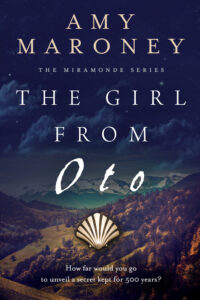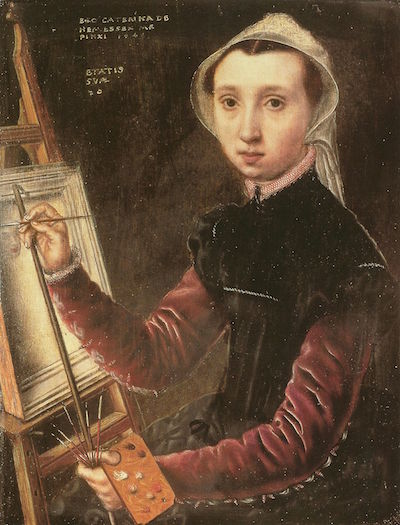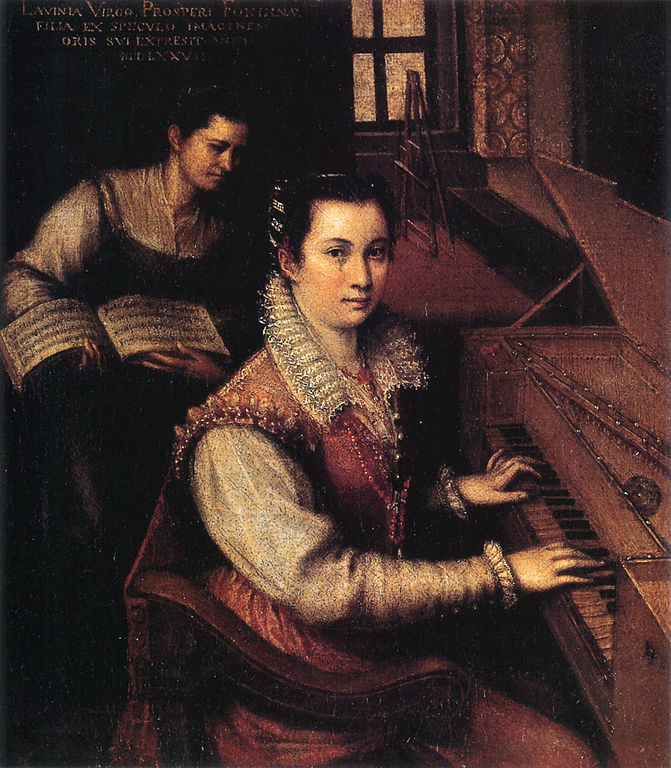 My guest this week is Amy Maroney who lives in the Pacific Northwest of the U.S. with her family. She spent many years as a writer and editor of nonfiction before turning her hand to historical fiction. When she’s not diving down research rabbit holes, she enjoys hiking, drawing, dancing, traveling, and reading. She’s the author of the Miramonde series: The Girl from Oto, Mira’s Way, and A Place in the World. Currently, she’s working on a new series set in and around medieval Rhodes, Greece.
My guest this week is Amy Maroney who lives in the Pacific Northwest of the U.S. with her family. She spent many years as a writer and editor of nonfiction before turning her hand to historical fiction. When she’s not diving down research rabbit holes, she enjoys hiking, drawing, dancing, traveling, and reading. She’s the author of the Miramonde series: The Girl from Oto, Mira’s Way, and A Place in the World. Currently, she’s working on a new series set in and around medieval Rhodes, Greece.
Amy is one of my fellow authors of Betrayal, 12 historical fiction stories, due out 17 November. Here she shows just how a fascination with an aspect of history can start and from there leads to a successful historical fiction series.
Over to Amy!
Nearly a decade ago, in a dimly-lit hallway at Oxford’s Magdalen College, I stumbled across a sixteenth-century portrait of a woman attributed to female artist Caterina Van Hemessen. I was stunned. After visiting many museums full of Renaissance-era portraits and learning about art history as a college student, I had somehow never heard of female old masters. But now, before my own eyes, was evidence that there were women painters in those days. I soon learned that because women’s work wasn’t valued, their paintings were often attributed to men or kept anonymous. I became obsessed with the lost stories of these women—and I wrote a historical mystery series on the topic.
My Miramonde series tells the story of a Renaissance-era woman artist and a modern-day scholar who are linked by a 500-year-old mystery. In Book 1, The Girl from Oto, the heroine of the series is born into a ruthless and violent noble family; her mother names her Miramonde, ‘one who sees the world.’ Raised in a convent, Mira becomes an extraordinary artist—never dreaming she will one day fulfill the promise of her name.
Mira’s modern-day counterpart, Zari Durrell, is a young American scholar doing research in Europe who discovers traces of a mysterious woman artist in several sixteenth-century paintings. Soon she’s following a path through history to Mira herself. But the art world ignores her findings, dazzled by a rival academic’s claim that the portraits were in fact made by a famous male artist.
False attribution to male artists was just one of the obstacles encountered by women artists throughout history. For example, Da Vinci was celebrated for his anatomically precise work. He was famous for his detailed observations of naked bodies. His female contemporaries, on the other hand, were barred from observing nude models. Is it any surprise, then, that women artists of the past were criticized for their inferior figurative work? This lack of opportunity did not stop them from making art, though. Many of them focused on—and excelled at—the still life.
One of the other challenges facing women artists of the past is that they’ve been stuffed into basements and attics, relegated to the dusty archives of Europe’s great museums. Even if museums own work by women, they rarely exhibit it. That’s why the Prado’s show featuring Clara Peeters in 2016 was so groundbreaking. The Prado had never showcased a female artist before, despite its 200-year-old history. It was only after a curator’s wife asked him if there were any paintings in the place by female artists that Flemish artist Peeters’ work was retrieved from the basement. The Peeters exhibit was so successful that in 2019 the Prado hosted another show featuring two female old masters: Sofonisba Anguissola and Lavinia Fontana.
As scholarship about female old masters increases and public interest in these women grows, so does the value of their paintings. Italian old master Artemisia Gentileschi is the shining star in this trend, with her works now commanding millions. A blockbuster exhibition featuring Gentileschi hangs at the National Gallery in London until January 2021. The final book in my Miramonde series begins with a quote from Artemisia herself that speaks for other women artists whose voices languish in the shadows of history: “I will show your illustrious Lordship what a woman can do.”
Brava! What a revealing story.
About Amy’s work
 A Renaissance-era female artist and an American scholar. Linked by a 500-year-old mystery…
A Renaissance-era female artist and an American scholar. Linked by a 500-year-old mystery…
1500: Born during a time wracked by war and plague, Mira grows up in a Pyrenees convent believing she is an orphan. When tragedy strikes, Mira learns the devastating truth about her own origins. But does she have the strength to face those who would destroy her?
2015: Centuries later, art scholar Zari unearths traces of a mysterious young woman named Mira in two 16th-century portraits. Obsessed, Zari tracks her through the great cities of Europe to the pilgrim’s route of Camino de Santiago – and is stunned by what she finds. Will her discovery be enough to bring Mira’s story to life?
Find The Girl from Oto, the story of a Renaissance-era female artist and the modern-day scholar on her trail, on Amazon and other online stores here.
To receive a free prequel novella to the Miramonde series, join Amy Maroney’s readers’ group at www.amymaroney.com.
Connect with Amy
Follow her on BookBub at https://www.bookbub.com/profile/amy-maroney
Facebook: https://www.facebook.com/amymaroneyauthor/
Twitter: https://twitter.com/wilaroney @wilaroney
Instagram @amymaroneywrites
Alison Morton is the author of Roma Nova thrillers – INCEPTIO, PERFIDITAS, SUCCESSIO, AURELIA, INSURRECTIO and RETALIO. CARINA, a novella, and ROMA NOVA EXTRA, a collection of short stories, are now available. Audiobooks are available for four of the series. NEXUS, an Aurelia Mitela novella, is now out.
Find out more about Roma Nova, its origins, stories and heroines… Download ‘Welcome to Roma Nova’, a FREE eBook, as a thank you gift when you sign up to Alison’s monthly email newsletter. You’ll also be first to know about Roma Nova news and book progress before everybody else, and take part in giveaways.















Thank you for hosting me today, Alison!
I very much enjoyed reading your very thoughtful post, Amy. Too many bright lights are unknown to us.
Wonderful post. I’m eager to read more, both on the topic and of Amy’s work. (I study and write about that subject area but have not heard of some of those artists.) Brava!
Delighted you enjoyed the post. Don’t hesitate to connect with Amy via any of her social media or website.
Hi Drema! Thank you for your comment. Yes, please do reach out…it’s definitely a subject close to both our hearts. Hope you are well.